A trans-disciplinary film project in cooperation with Ulrike Barwanietz, Masha Busic, Irene Giardina, Johanna Hoth, Giuseppe Ielasi, Samuel Korn, Armin Linke, Renato Rinaldi and Mark Teuscher
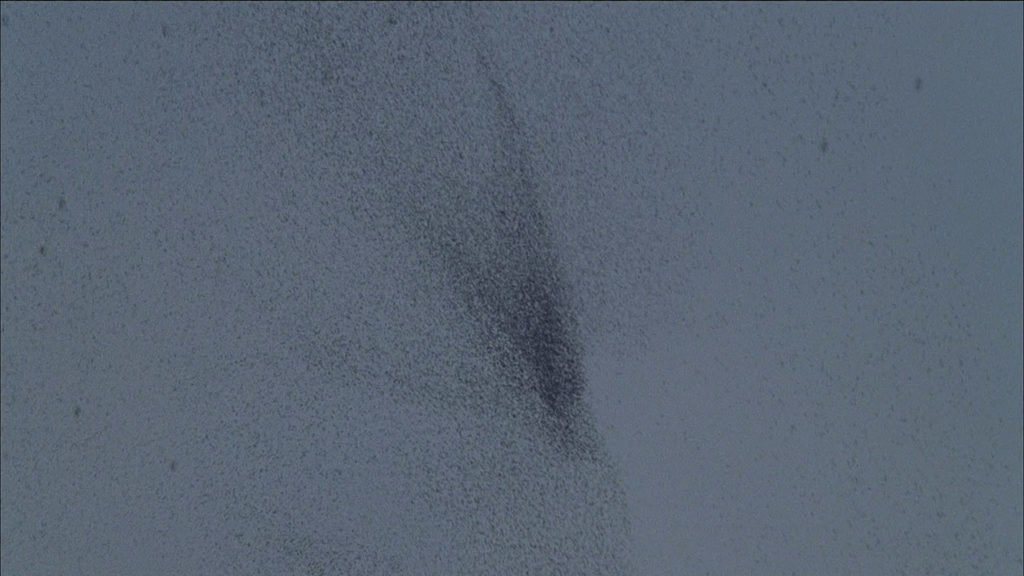
FLOCKING, a trans-disciplinary film project at the intersection of scientific research and art production, was developed during a cooperation between the Centre for Statistical Mechanics and Complexity (SMC) at the University La Sapienza in Rome, the ZKM Karlsruhe and the faculties of Photography and Media Art 3D at the University of Arts and Design Karlsruhe.
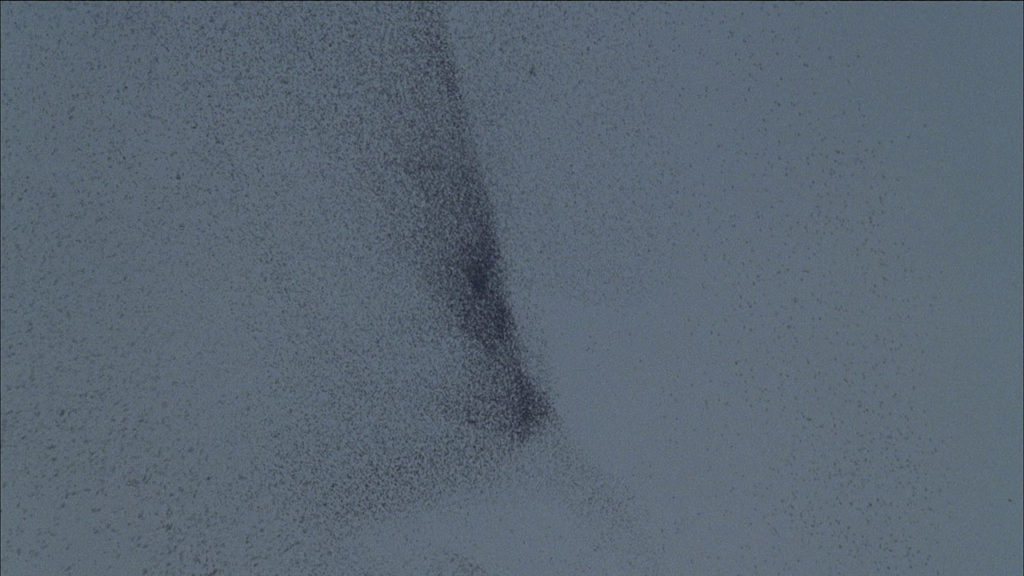
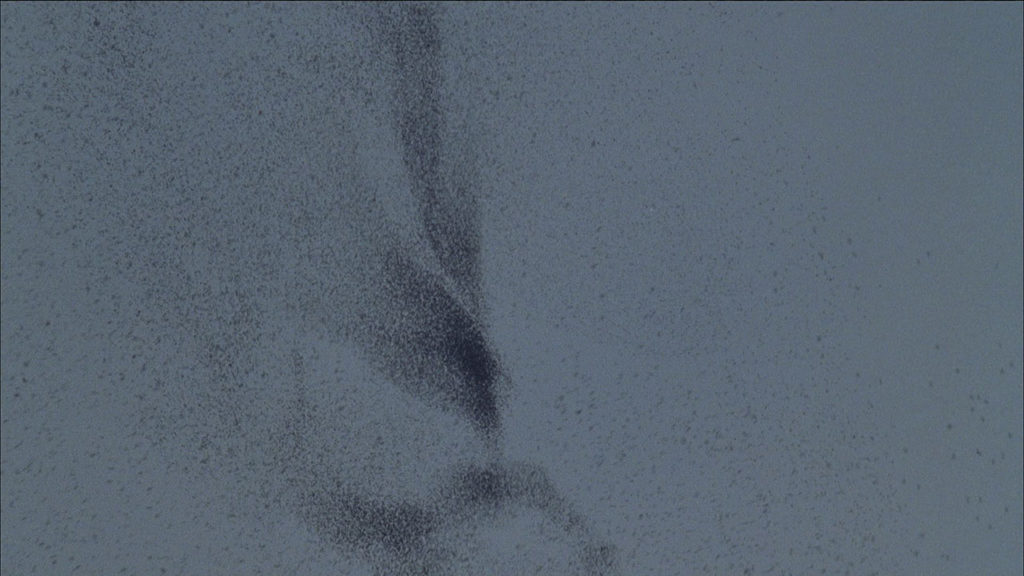
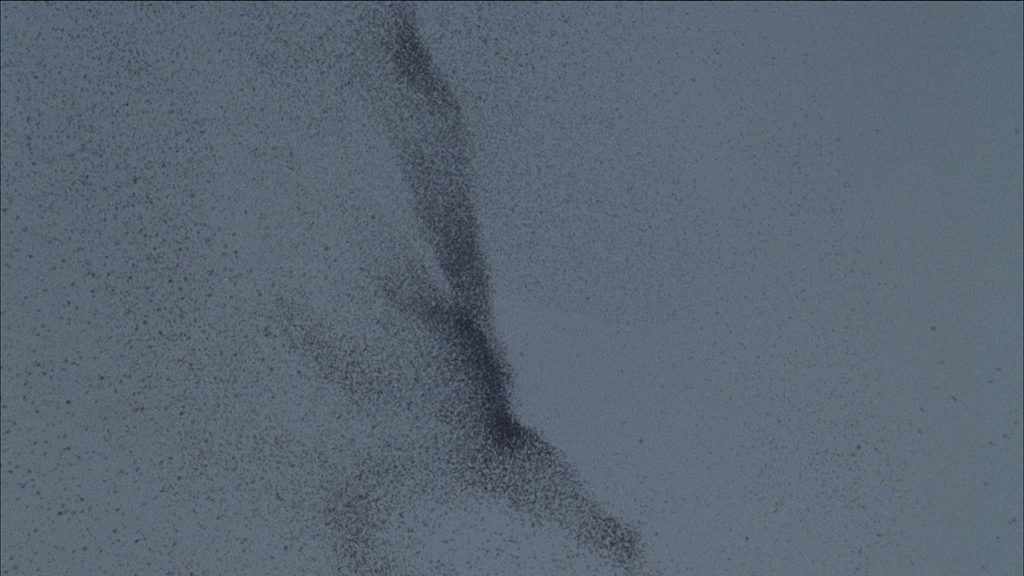
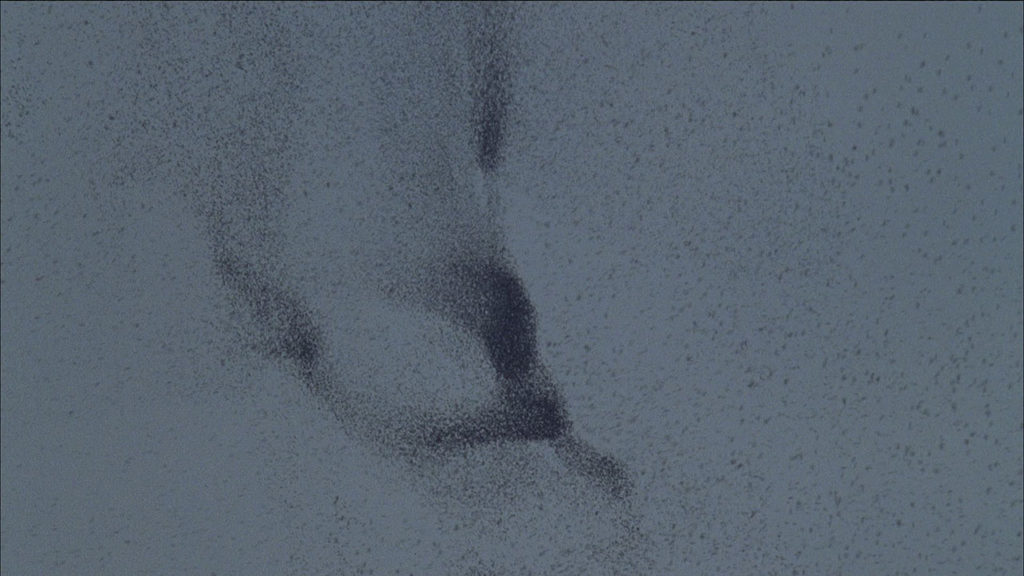
Through their use of camera technique and 3D visualization, the results of the research at the University of Rome offer new conclusions on the behavior within flocks of birds. The studies analyzing the coordination of flocks of birds are based on sequential photographs. Using these photographs, three-dimensional data is generated to derive systems on the behavior of individual birds within the flock. The data is of interest not only for the fields of biology and physics, but also for economists and sociologists. The aesthetic quality of the images, that are created on an objective basis and without any artistic background, reminds one of romantic typologies such as panorama and landscape painting, or photographs of artists like William Turner, Casper David Friedrich or Luigi Ghirri, as well as Muybridge’s work on kinetics and animals. The focus of the cinematic work is the range of topics between collective behavior, complex systems and self-organized structures, as well as the difficulty to differentiate between an artistic and scientific image production.
Kindly supported by the Goethe Institute Rome, a small production team of the University of Arts and Design Karlsruhe, consisting of students and lecturers, travelled to Rome in January 2008. They recorded flocks of birds above the city at the same sites, where the scientific field investigation for an EU project had taken place two years prior, on 16 mm footage analogue to the procedure of the physicists that had worked on the EU project. Whilst the scientific work developed from a type of observation that reminds one of an artistic image production, the actual artistic film production in turn adopts the scientific results to convert the pictorial aestheticism of the research into a narrative cinematic structure. The outcome of the project is a film that includes the specific sites of observation as well as the city as a topic into its narrative.
In addition to the financial support of the co-producer Goethe Institute Rome, the SWR Baden-Baden and Kodak enabled the realization of the project by supplying ARRI camera technique and a discount on the film footage. This allowed the team to use Kodak Vision 3, which provided the possibility of producing high quality footage during the difficult light situation at dusk. FLOCKING was cut uncompressed in 2K.
FLOCKING has been presented in the exhibitions ‘Notation: Kalkül & Form in den Künsten’ at the Academy of Arts Berlin in 2008 and the ZKM Karlsruhe in 2009, curated by Hubertus von Amelunxen and Peter Weibel, as well as at the 11th Architecture Biennial Venice in the show ‘Sustainable Dystopias’ in the Padiglione Italia. A longer version of the film was shown at the Festival Romaeuropa alongside live performing musicians in November 2009.
Participants: Ulrike Barwanietz, Masha Busic, Irene Giardina, Herwig Hoffmann, Johanna Hoth, Giuseppe Ielasi, Samuel Korn, Armin Linke, Renato Rinaldi, Mark Teuscher